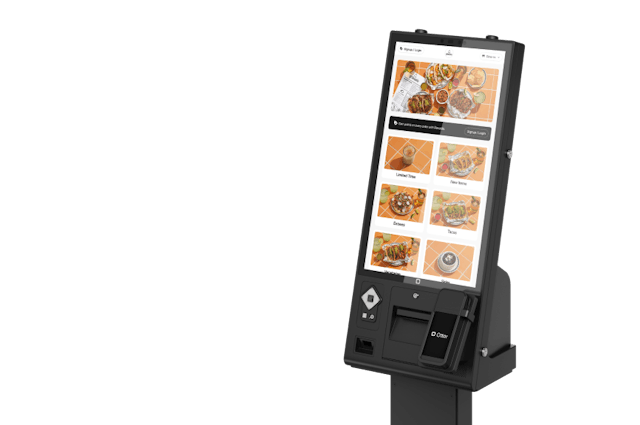
How to use a restaurant kiosk machine: A complete guide
Table of contents
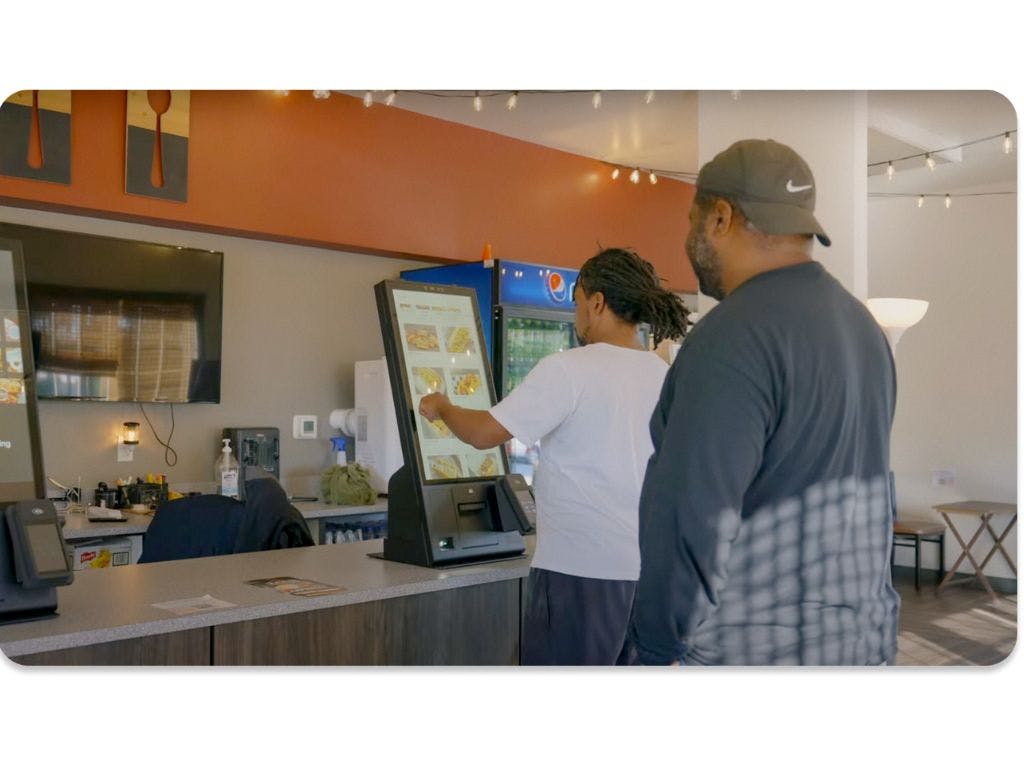
What was once a prop in a sci-fi movie is now a staple in the restaurant industry. From fast food chains to full-service dining establishments, the self-service kiosk is catapulting in popularity. Why? Well, for starters, it’s extremely easy to use. With just a few taps and a swipe of the credit card, a customer can choose, customize, and place an order. Within nanoseconds, the kitchen can receive the order and start preparing the meal.
That kind of efficiency is hard to beat. Kiosk technology’s undeniable ability to streamline restaurant operations has turned it into a downright necessity for dining establishments of all kinds. The question is — could your restaurant benefit from self-ordering kiosks? Read on to find out.
What is a self-service kiosk in a restaurant?
The self-serve kiosk found today in many restaurants is an interactive, automated device that allows customers to place orders and make payments through a touchscreen. Using an intuitive interface, diners can browse the restaurant's menu, customize their selections, and even pay without relying on restaurant staff. This means staff can now focus on improving other aspects of customer service – and save on staffing costs too.
The benefits of self-service kiosks are numerous, and include:
- Faster service and shorter wait times
- Improved order accuracy and reduced long lines
- Reduced labor costs
- Increased revenue through more upselling opportunities
- Enhanced customer satisfaction
- Data collection, insights, and checkout optimization
- Streamlined workflow for staff
- Increased accessibility for all customer types
- Better inventory and sales management
In short, adding self-service kiosk capabilities to your food establishment will make life easier for your customers, your staff, and yourself.
From tap to table: How to use a self-service kiosk

First time using a kiosk? If you’re intimidated – don’t be! It’s incredibly easy to navigate. In fact, improving restaurant technology topped the list of restaurant trends in 2024 and 2025, meaning kiosks are here to stay. Get comfortable with this step-by-step guide on how to use it effectively.
Step 1: Approach the kiosk
The first thing you have to do is find the kiosk. Most fast casual restaurants position a group of them directly at the entrance or on the countertops. It will be hard to miss! If you don’t see it immediately look for signage that says "Order Here" or something similar. As you approach, you might hear an electronic voice welcoming you to the kiosk.
Step 2: Start your order
To start, all you have to do is touch the screen. Once on, there should be a "Start Order" button. Tap it.
Step 3: Browse the menu
The best part besides actually receiving your order is choosing it! Scroll through the digital menu using your finger. You'll likely see categories like "Appetizers," "Main Courses," and "Desserts”. Tap on one to see what's available.
Step 4: Select your items
Found something that looks appetizing? Tap on the item to select it. A picture, description, and price should pop up to help you better decide.
Step 5: Customize your order
The next step is customizing your meal exactly how you want it. In the mood for extra cheese? No olives? A side of fries? The kiosk will populate some suggestions to enhance your selection. Tap on the choices you want to add or remove ingredients you don’t particularly like.
Step 6: Review your order
Now the kiosk will show you a summary of your order. Check to make sure everything is correct. If you forgot to order your favorite sauce, don’t worry. The kiosk will still allow you to add, remove, or modify items at this stage.
Step 7: Proceed to payment
Look for a "Checkout" or "Pay Now" button and give it a tap. The kiosk will show you the total amount due.
Step 8: Choose your payment method
Most kiosks accept credit cards and debit cards. Many accept mobile payment options like Apple Pay or Google Pay as well. Select your preferred method and follow the on-screen instructions.
Step 9: Complete the transaction
If you're using a card, you'll usually need to insert, swipe, or tap it. For mobile payments, hold your device near the payment area, which will be clearly labeled. Wait for the confirmation that your payment was successful.
Step 10: Grab your receipt
Sort of like how the airport self-check-in kiosks print out your boarding pass or baggage tag, some restaurant kiosks print receipts. If it does, take it with you. The receipt usually has your order number, which is sometimes necessary to pick up your food. Not all restaurants require a paper receipt, so if you don’t get one, it may be on your phone or they’ll call your order out by name.
Et voilà! You've just successfully used a restaurant kiosk for the first time. While contemplating your new skill, your food is being prepped and made. Sit back and relax until your name or order number is called.
Must-have features of self-ordering kiosks
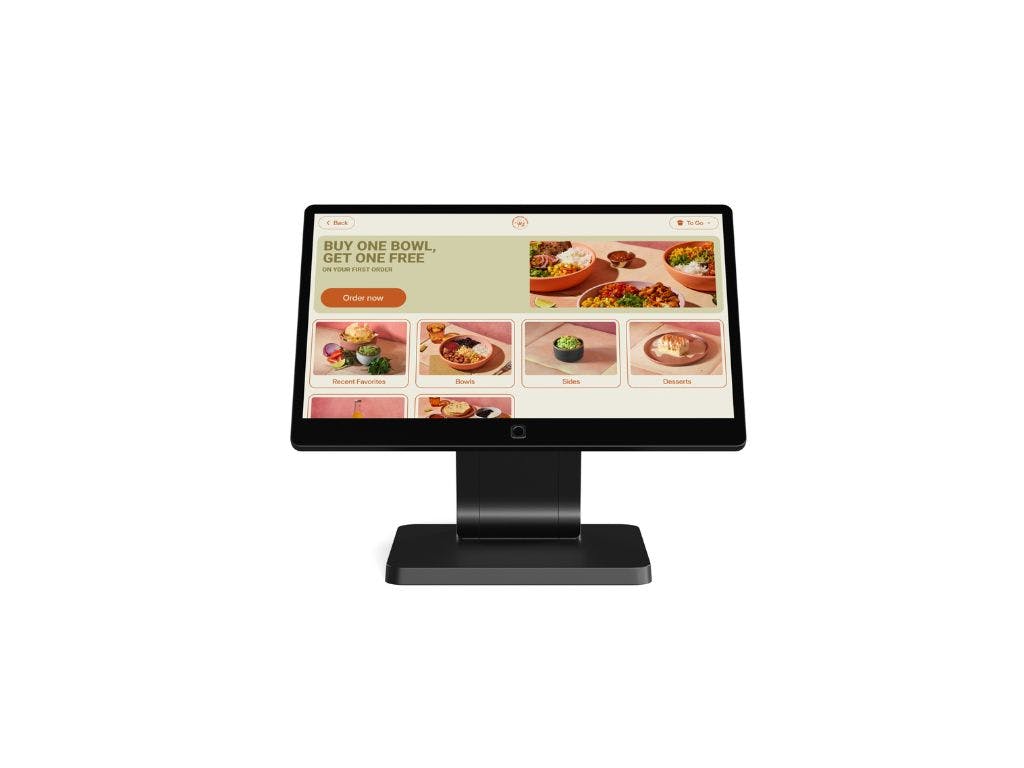
The following key features of a self-ordering kiosk enhance the dining experience for customers and streamline operations for staff.
Key feature #1: Intuitive touchscreen interfaces
User-friendly touchscreens make kiosks approachable for customers of all ages and tech-savviness. With an intuitive ordering system, patrons feel confident while navigating the menu and making their selections.
Why is this a critical feature in a self-serve kiosk? An intuitive interface ensures a smooth ordering process, reduces wait times, and improves customer satisfaction. It minimizes the need for staff assistance so employees can turn attention to food preparation and customer service.
Key feature #2: Customizable menus
Restaurant owners know better than most how important it is for customers to have the option to personalize their order. A well-designed kiosk should give diners the opportunity to add or subtract ingredients that align with their preferences or dietary restrictions.
Why is this a critical feature in a self-serve kiosk? Customers feel more comfortable when they have options to tailor their order, leading to increased sales and repeat business.
Key feature #3: Secure payment options
With fraud being top of mind for many credit card users, customers need to feel safe when making a payment. All self-ordering kiosks, like Otter’s standing and countertop kiosks, should offer multiple secure payment options. That includes credit cards, debit cards, and mobile alternatives such as Apple Pay..
Why is this a critical feature in a self-serve kiosk? Secure payment options protect both the customer and the restaurant. They also speed up the payment process, resulting in shorter wait times and increased output.
Key feature #4: Upselling capabilities
Just like a restaurant’s star waitress, self-service kiosks are designed to suggest additional items or premium alternatives in order to increase check sizes. Customers will naturally browse suggested items and be enticed to add one or two more sides, drinks, etc.
Why is this a critical feature in a self-serve kiosk? While humans might find it uncomfortable to upsell, a machine does not. Perhaps that’s why customers spend up to 20 – 30% more when they order from kiosks, according to studies by Samsung.
Key feature #5: Integration with POS systems
The best kiosk for your business is going to integrate with your existing POS system. For instance, if you’re not yet set up with Otter’s all-in-one POS, we can still blend our self-serve kiosks with your current one. This ensures that each order is immediately reflected in your POS.
Why is this a critical feature in a self-serve kiosk? Aside from streamlining customer orders, this integration with your POS allows for real-time order management and provides valuable insights into purchase patterns and inventory needs.
Setting up a self-service kiosk in your restaurant
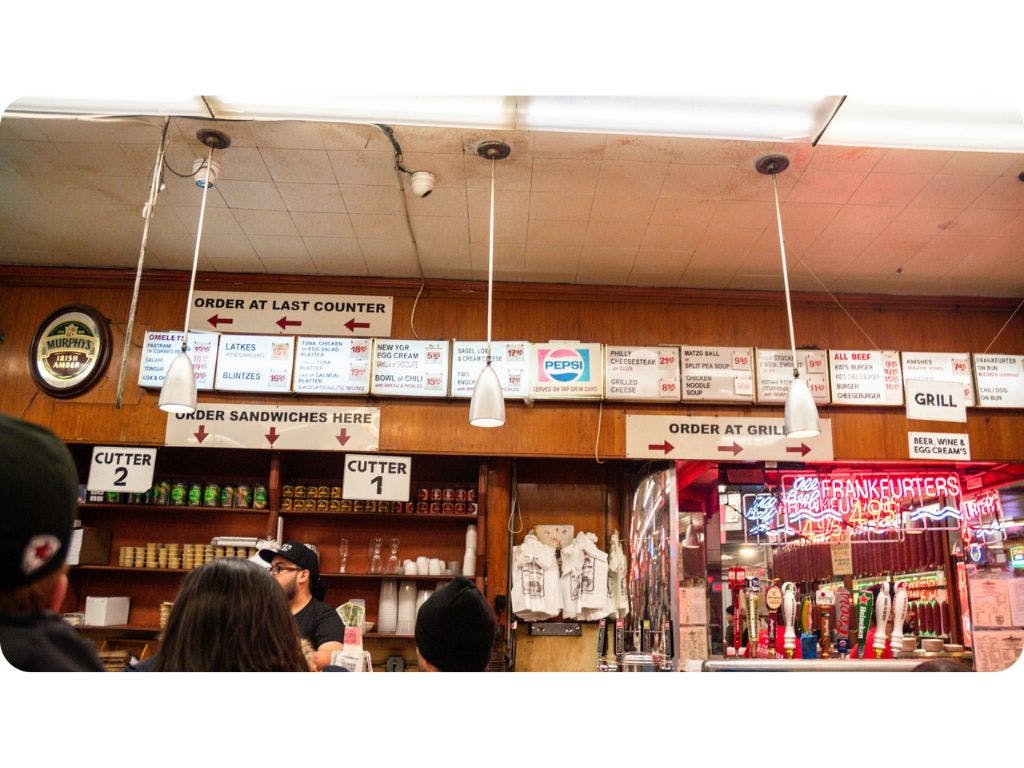
Setting up a self-service kiosk in your restaurant is a significant step toward improved efficiency and increased customer satisfaction. Here's a comprehensive guide to help restaurant owners navigate the installation process.
Step 1: Choose the right provider
This is the start of a new and potentially long-term professional relationship, so you’ll want to find a reputable kiosk vendor with experience in the food services industry. Confirm that a contract with your chosen agency includes installation assistance and ongoing technical support.
Step 2: Evaluate software options
Kiosk software should be user-friendly and intuitive for everyone from your customers to your cooks, and include the following features:
- Flexible menu management
- Customization capabilities
- Point of sale (POS) integration
- Data analysis tools
Staff are sure to appreciate a quick-to-learn software program, just as customers will prefer an intuitive self ordering kiosk system.
Step 3: Placement and hardware installation
A kiosk should be strategically placed in order to maximize your restaurant’s flow. The kiosk can be installed at the entrance, on the service countertop, or even on the tables. A good kiosk vendor will evaluate the layout of your establishment and suggest the best locations for installation. Next, the devices will be mounted and powered up for immediate use.
Step 4: Staff training
The final step of setting up a self-service kiosk in your restaurant is a thorough staff training. All employees should participate in a hands-on tutorial with individual user manuals and troubleshooting guides. They should finish the training confident to assist customers and resolve common issues associated with kiosk usage.
Book a demo with Otter
It’s time to enhance your operations with Otter’s all-in-one restaurant platform. Book time with our sales team to learn more.

Frequently asked questions
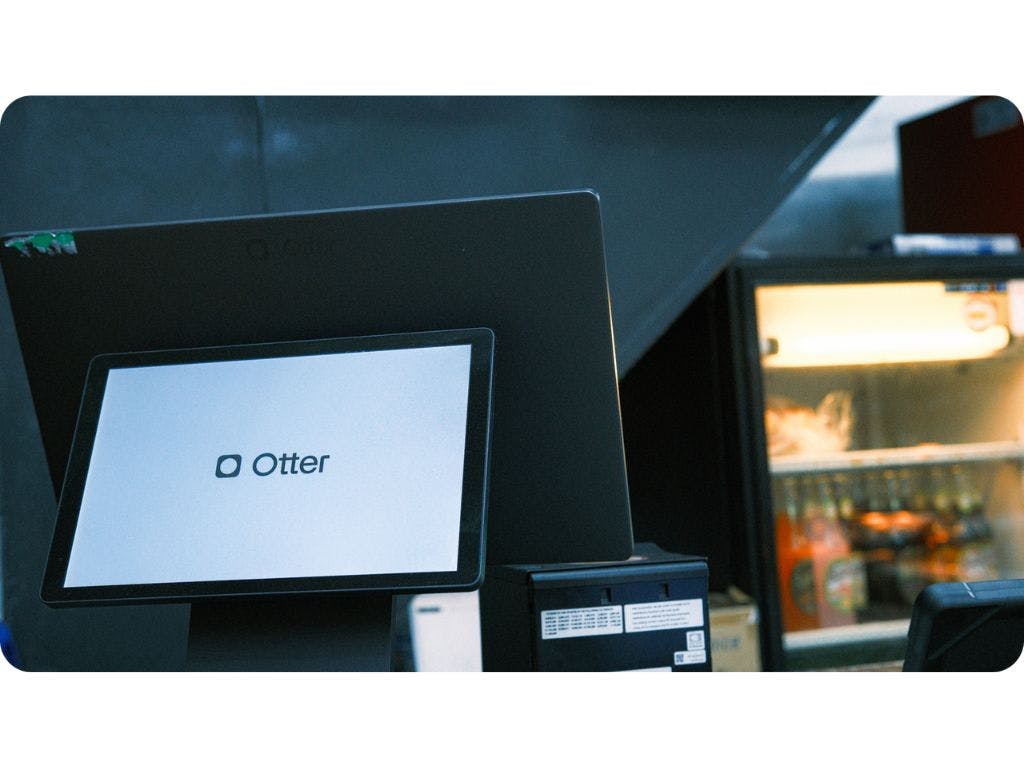
What is the cost of installing self-service kiosks in a restaurant?
Installing a self-service kiosk can range from $1,200 for a basic, single-unit setup to $20,000 or more for advanced, multi-unit systems. While the initial investment may seem substantial, with increased efficiency, higher customer spending, and reduced labor costs, many restaurants find that the devices quickly pay for themselves.
Can Otter POS turn into a kiosk?
Yes! During busy times, you have the option to turn your Otter POS terminal into a self-service kiosk. This could be ideal if you’re short on staff and want to cut down customer wait time.
Can a restaurant kiosk integrate with my existing POS system?
Most restaurant kiosks have the capability of integrating with your existing POS system, like Otter’s cutting-edge kiosk solution.
What maintenance and support do self-service kiosks require?
Self-service kiosks run quite smoothly with just a bit of upkeep, such as:
- Regular cleaning of the exterior with a microfiber cloth, including touchscreens
- Hardware checks in case components need to be replaced or connections tightened
- Run software updates and security patches when prompted
- Periodic security checks and password resets
What are the benefits of having a self-service kiosk?
There are many benefits of having a self-serve kiosk system, all of which combine to bolster the overall restaurant experience for both customers and staff. By installing kiosks, you can expect:
- Faster service and shorter wait times
- Improved order accuracy and reduced long lines
- Reduced labor costs
- Increased revenue through more upselling opportunities
- Enhanced customer control and satisfaction
- Data collection, insights, and checkout optimization
- Streamlined workflow for staff
- Increased accessibility
- Better inventory and sales management
What do restaurants think of the Otter Kiosk system?
Restaurants of all sizes are switching to Otter Kiosk for its reliability, modern design, and intuitive interface that customers love. Reda Iabbakh, owner of IDK Philly, says “Otter allows us to manage everything from one system—we can do menu and pricing updates, online ordering management, in-store order entry through the POS, Kiosk ordering. All from Otter.” One of his favorite features is Otter’s streamlined menu editing, which lets him make updates across all channels in seconds.
Flavor District’s David Foye loves how “Otter Kiosks cut down the confusion from the beginning to the end with the customers. Before we were using QR codes and asking them to use their phones. Now they see the big vibrant beautiful photos, it helps with upselling. It cuts down on ordering time.”
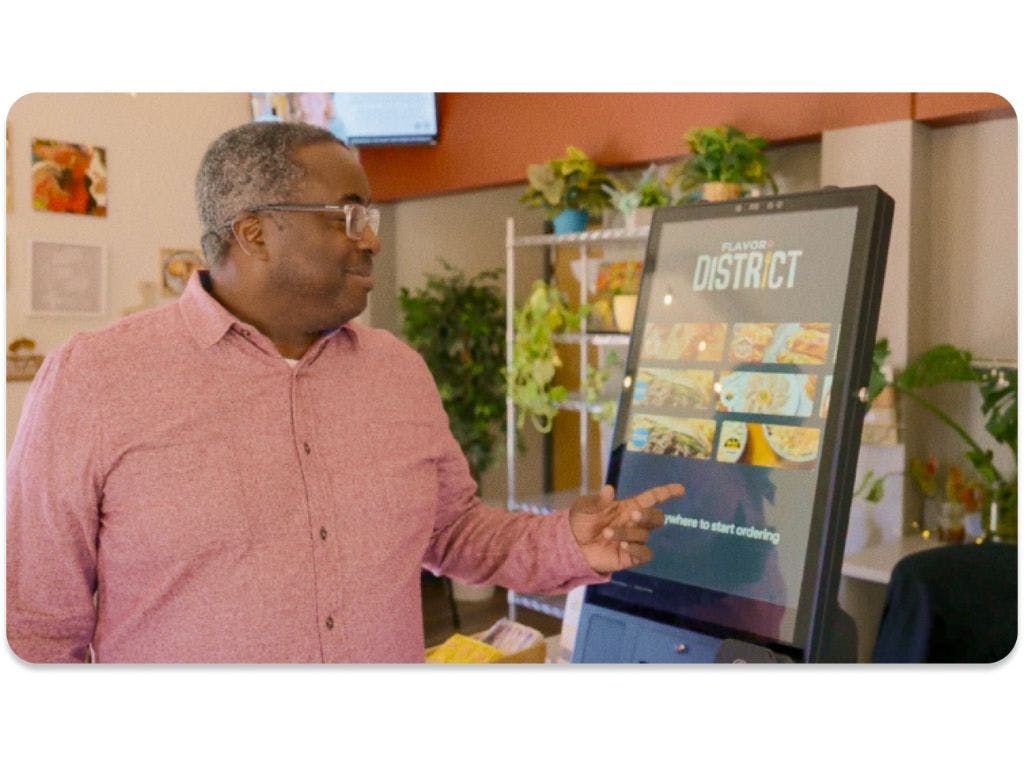
Otter's cutting-edge self-ordering kiosks are designed to transform your restaurant into a streamlined, customer-centric operation. By integrating intuitive technology with powerful functionality, we help restaurant owners deliver faster service, reduce costs, and enhance the dining experience.
